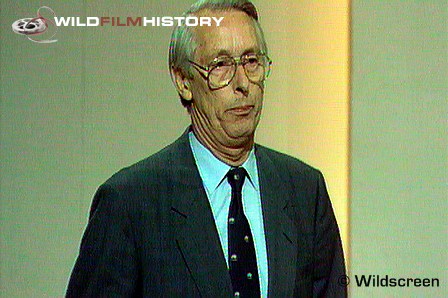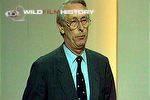Niels Halbertsma

Neils Halbertsma has had a long and varied career in the wildlife film industry, dating back to 1957. He worked as a cameraman with Armand Denis, the acclaimed wildlife film maker of the 1950s and 60s, and later became the Director of the World Wildlife Fund (WWF) in Holland.
Halbertsma began experimenting with cameras from a young age, but it was not until 1957 that he began to develop this hobby into a professional career. After completing university in the United States, Neils embarked on a career in the oil business in South America but in 1957 he decided to quit oil and pursue his love of film. It is worth noting that Halbertsma began his career making anthropological rather than wildlife films. The subject of his first film was the Kuna Indians on the island of San Blas, just north of Panama.
Halbertsma continued making similar films in the region and elsewhere around the world, later selling them to television stations. This all changed though in 1962 when he began to work with Armand Denis. After initially declining the chance to work with Denis years earlier, this time Halbertsma decided to accept the offer. They worked together from 1962 on the “On Safari” series, eventually finishing in 1965 with a programme in Guatemala.
In 1974 Halbertsma took up the position of Director of WWF in Holland. Although principally an office job, Neils relished the opportunity to return to film making and paired up with the President of the WWF, Prince Bernhard of Holland, in order to do so. The pair worked on films concentrating both on conservation, and more generalised wildlife films, producing films such as “Ivory Means Death”, and a film about the giant panda.
Halbertsma is now retired and has admitted to a self imposed ban on making any future films; despite an obvious wish to do so.





